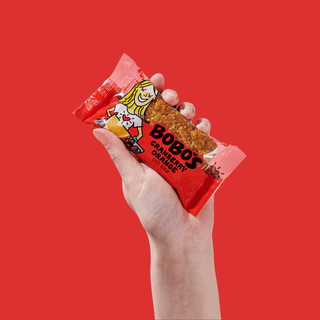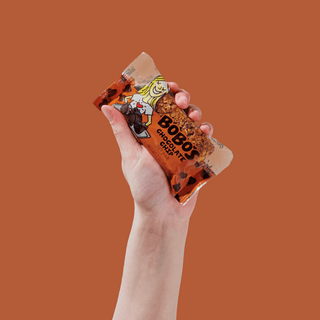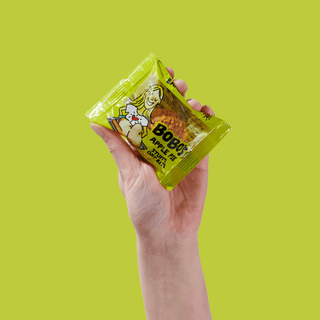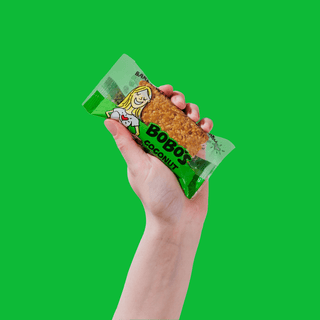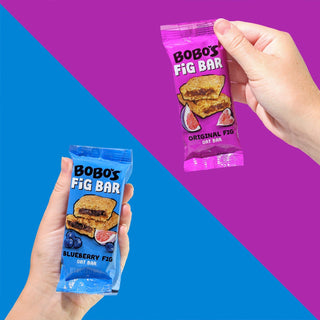When Should You Have Low Carb and High Carb Foods?
Carbohydrates get a bad rap, but they really shouldn’t, as the body needs them to stay energized and mentally alert. The stigma has led though to an increased demand for low carb bars and low carb snacks, as more people are going on low carb or keto diets.
Gluten intolerances may also create greater interest in the low carb lifestyle, since not eating breads and grains, which most carb-laden foods consist of, seems like an easy fix to avoid exposure. Yet, this is wrong thinking—there are tons of great gluten-free grains to enjoy that’ll offer a nice dose of carbs. Oats and oat bars, plus other gluten-free grains like quinoa and brown rice, can be handy diet staples. Just be sure to check labels on any products to make sure they’re gluten-free certified and there’s zero chance of cross-contamination, which can happen during processing inside the manufacturing facility.
And while some low carb protein bars and snacks might be fine to include as part of a healthy diet, there’s reason to eat foods that do contain carbs—even those with higher carb counts, according to time, place and moderation. (As there is with everything, right?)
Here’s when it’s best to eat higher carb foods like snack or protein bars, a sandwich or smoothie, and when it’s better to cut back on the carbs and go for something that’s higher in healthy fat and protein instead.
Low Carb vs. High Carb
If you are gearing up for a workout, it’s time to go high carb to properly supply your body with immediate fuel to make it through that workout and give it your all.
You wouldn’t want to feel fatigued or weak when working out, as it’ll negatively impact your training and results. So, circle carbs around workouts, having more high foods carb before and after, at which point your body must repair muscle damage and replenish energy stores. An oat bite pre-workout, which contains less protein and focuses more on carb intake, and a Bobo’s protein bar post-workout, when your muscles need those grams of protein ASAP, would work nicely!
You can also have higher carbs upon waking up, to provide you energy for the whole day. Having more carbs in your breakfast allow your brain and body often that jolt of immediate glycogen as an energy source to wake up fast and hustle out the door and feel great all day.
Throughout the rest of the day and at night you can go lower carb—for non-workout days, of course. You will likely be able to load up on protein and good fats to keep the metabolism running throughout the day well enough. And at night you’re better of limiting carbs because there’s less time for your body to work them off and they also often contain more sugar than a low carb bar or snack that’s heavier on protein or fat. And the carb and sugar combo can be too stimulating and make it harder to get drowsy or snooze soundly.
And Choose Carbs Wisely
It’s important to note that timing isn’t the only factor—you want to make sure you’re providing your body with the right set of carbs for fuel too. You’ll want to swap out refined carbs such as white flour and chips for high-fiber carbs, which may contain wheat, quinoa or oats, for example.
These complex carbs are better for appetite regulation and satiety, your health and digestion. And they are likely more nutrient dense overall too, containing various essential vitamins and minerals.
The fiber content helps slow down digestion so you feel fuller faster and for longer, and it also promotes good gut health by increasing gut friendly bacteria to keep the body balanced. And good gut flora is linked to higher immunity too—so you’ll be better able to fend off the sniffles and fight away infections and disease.
Lastly, it keeps you regular with smoother digestion and bowel movement. That’s why many people on the keto diet happen who only stick to low carb snacks and bars tend to get constipated and may need to supplement and bulk up on leafy greens to get enough fiber.
You can easily whip up a fiber packed smoothie that has leafy greens, oats or a crumbled oat bar, milk, plant based milk or plain Greek yogurt as a base, fresh fruit (berries are especially high, as well as kiwi and apples with the skin on) and protein powder.
And for on the go munching, you can trade low carb protein bars for one that has fiber from oats. Oats may be easier on the stomach, as some people find GI discomfort from the fiber sources and sweetener substitutes commonly found in low carb snacks.

